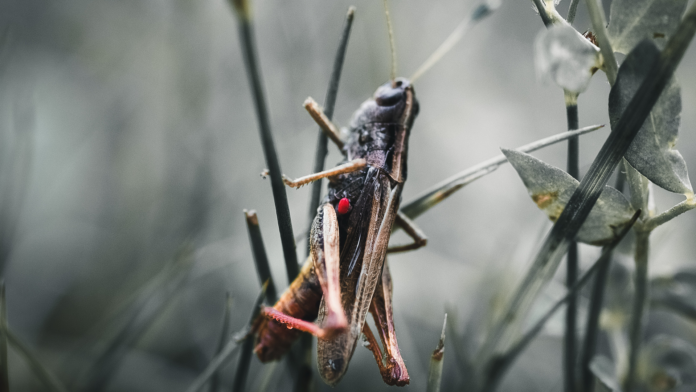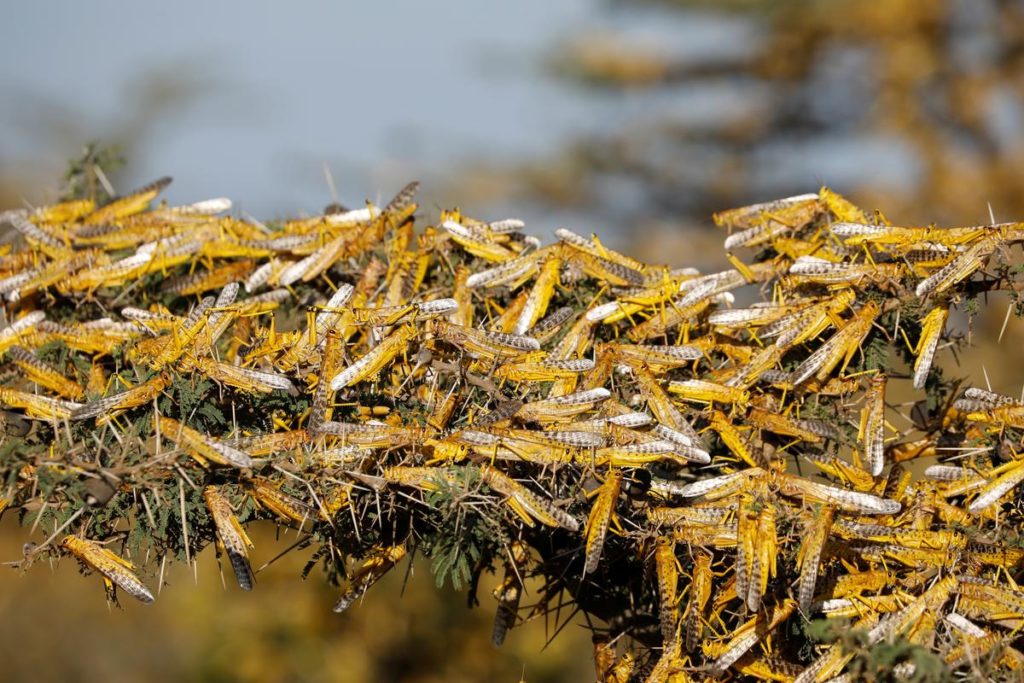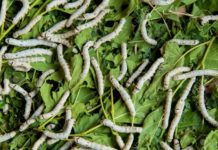Locusts are from the family of Acrididae in the Orthoptera order, they are the collection of short-horned grasshoppers species that have swarming phase. They usually live in individual space, but under some situation, they gather in a large quantity as a society and in crowded condition, there will be a change in their behavior, habits, morphology, appearance, physiology and ecology change progressively (over several generations), a shift known as a phase change. They are large herbivorous insects that can be serious issues to farmers. Locusts can live about three to five months and it depends on weather and ecology condition. Locusts do not attack people or animals. Locust females lay an egg in sandy soils at depth of 10-15cm below the surface, they can lay about 95-158 eggs at intravel of 60-11 days in their lifetime, they lay eggs three times in their lifetime.
List of Locust Species
| S.no | Common name | Scientific name | Place |
| 01 | Australian plague locust | Chortoicetes terminifera | Australia |
| 02 | Bombay locust | Nomadacris succincta | India, South-east Asia |
| 03 | Brown locust | Locustana pardalina | Southern Africa |
| 04 | Desert locust | Schistocerca gregaria | deserts from West and North Africa to western India |
| 05 | South American locust | Schistocerca cancellata | South America |
| 06 | Central American locust | Schistocerca piceifrons | Central America |
| 07 | Italian locust | Calliptamus italicus | Semi-deserts and steppes from Morocco and central Europe to Central Asia |
| 08 | Migratory locust | Locusta migratoria | Asia, Africa and eastern Europe |
| 09 | Moroccan locust | Dociostaurus maroccanus | Semi-deserts and steppes from Morocco through North Africa and the Middle East to Central Asia |
| 10 | Red locust | Nomadacris septemfasciata | Southern and south-central Africa |
| 11 | Rocky Mountain locust | Melanoplus spretus | Extinct |
| 12 | Spur-throated locust | Australis procera | Australia |
| 13 | Tree locusts | Anacridium spp | |
| 13 (a) | Egyptian locust | Anacridium aegyptium | Europe, North Africa, and Central Asia |
| 13 (b) | Sahelian tree locust | Anacridium melanorhodon | Sahelian vegetation zone |
| 13 (c) | Sudan tree locust | Anacridium wernerellum | Sudanian vegetation zone |
| 14 | Mato Grosso locust | Rhammatocerus schistocercoides | Brazil |
| 15 | Yellow-spined bamboo locust | Ceracris kiangsu | Indo-China, eastern China |
| 16 | High plains locust | Dissosteira longipennis | North America. |
| 17 | Senegalese grasshopper | Oedaleus senegalensis | Locust-like behavior in the Sahel region |
| 18 | Sudan plague locust | Aiolopus simulatrix | Occasionally behaves like a locust in eastern Sudan |
| 19 | Pallid-winged grasshopper | Trimerotropis pallidipennis | Occasionally exhibits swarming behavior in western North America |
Locust and grasshopper
Grasshoppers and locusts are almost related, locusts are a part of a large group of grasshoppers but all grasshoppers are not locusts. Locusts are grasshoppers that develop gregarious behaviors under optimum environmental conditions which involve the presence of huge populations of grasshoppers. Locusts migrate over large distances but an individual grasshopper won’t.
Impact on agriculture
Locusts are a great threat to agriculture and food security, they feed on leaves, fruits, flowers, shoots and seeds. Locusts eat nearly all crops and non-crop plants like paddy, wheat, millet, sugarcane, maize, sorghum, barley, grasses, fruits, date palms, banana leaves, vegetables, weeds, cotton and many edible plants. Crop loss from locusts was noted in many holy books like Bible and Qur’an, from these ancient books we came to know these locusts are a great threat to farmers from the ancient time.
Locust Swarm
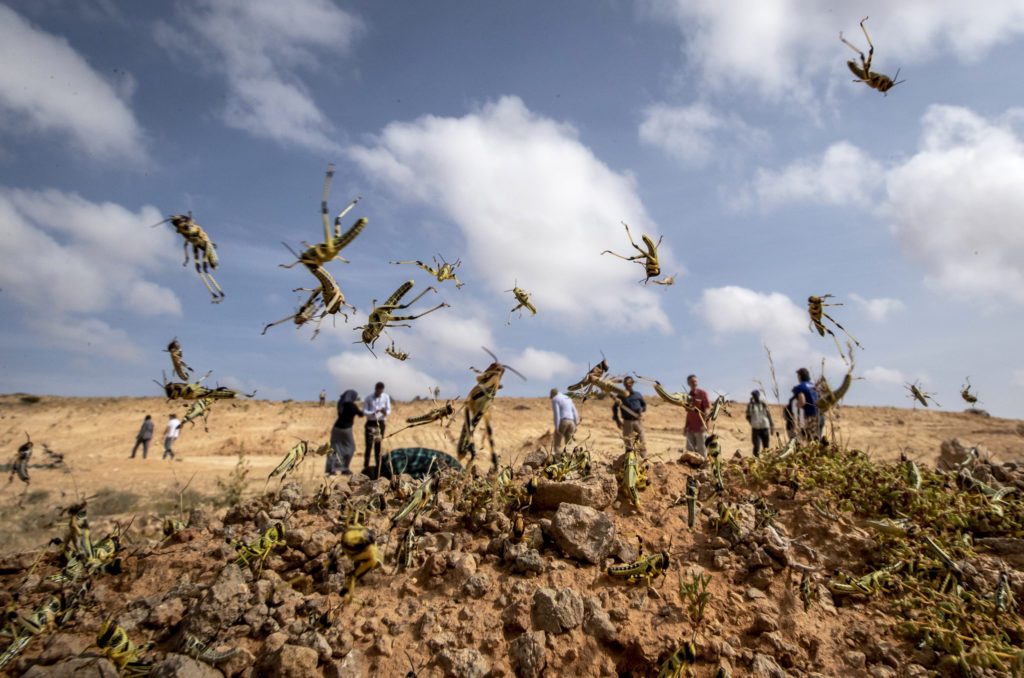
One kilometer of locust swarm contains more or less to 40 million locusts, they can eat more than 35,000’s food in a day. Swarming is conducted due to overcrowding of locusts. Locust plague was take placed in Yemen, Iran, Kenya, Ethiopia, Somalia, Saudi Arabia, Iraq, UAE, Oman, Sudan, Iran, Pakistan, and in Indian border, they created disaster where they have been traveled. There are some difficulties to control them because they spread to 16-30 million sq km , it is difficult to access remote areas, the insecurity , undeveloped basic structures ,and limited resources .
Locust Swarm in History

In the ancient Egyptian carvings of the period 2470 to 2220 BC, they carved locusts on their tombs, and in the Bible, they listed a highly destructive plague in Egypt around 1446 BC. In the Quran plague of locusts was mentioned in it. In the Iliad (Ancient Greek epic poem by Homer) he mentioned locust taking to the wing to escape the fire. In 311 AD northwest provinces of China were affected by the plague and in 19th century BC, Chinese appointed anti-locust officers. Aristotle studied locusts and their breeding habits and in 203 BC Livy recorded a plague in Capua
Prevention of Crops from Locust Swarm
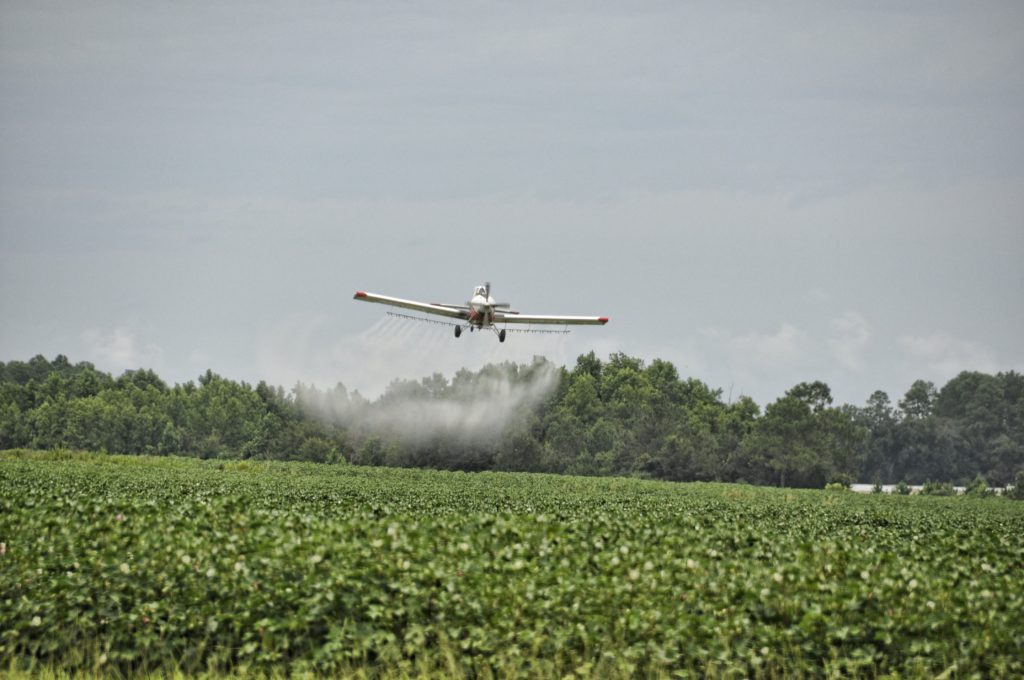
Organophosphate insecticides are applied in small concentrated doses can be sprayed by vehicle , aerial spray , power sprayer and hand-held sprayer. There also non – chemical ways to kill some locusts , they can be killed by natural predators and parasites but they can migrate from the natural predators. In past they used giant nets, flames, huge vacuums but they don’t make more effect .


